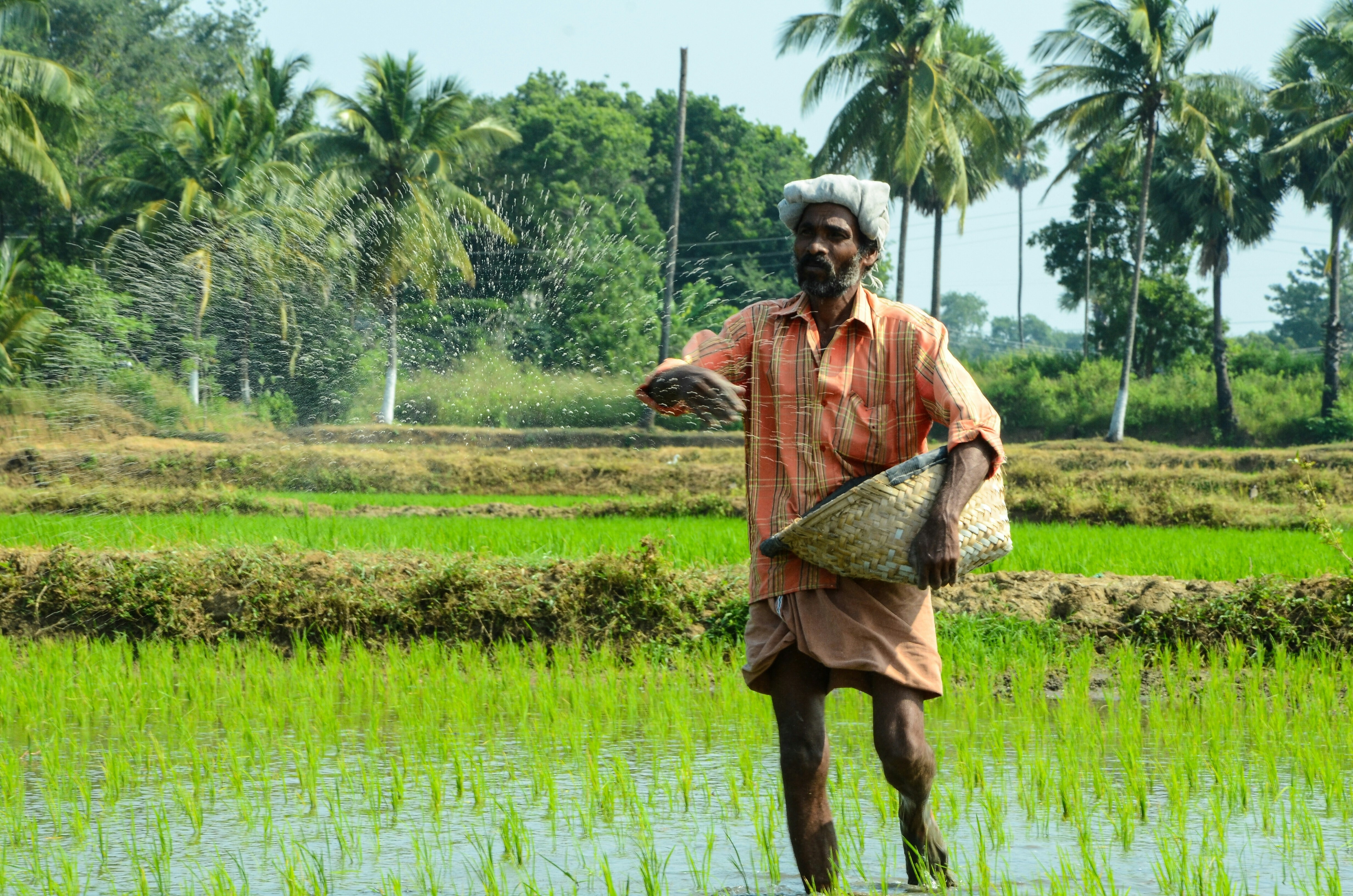1 in 5 migratory species are at risk of extinction, says a new UN report

From wild salmon to wildebeest, new research finds many migratory species could soon become extinct. Image: Unsplash/Barth Bailey
- A UN report highlights the existential threats faced by the world’s migratory species.
- Almost half of migratory creatures are in decline and 20% could become extinct.
- The World Economic Forum’s Global Risks Report 2024 cites biodiversity and ecosystem collapse as a major threat.
Whether it’s a murmuration of starlings, herds of wildebeest crossing the plains of Africa, or shoals of salmon leaping up a cascading river, the mass migrations of animals, birds and fish are some of the most spectacular events in the natural world. But human activity and other pressures are pushing many of these creatures towards oblivion.
The State of the World's Migratory Species report, a first-of-its-kind assessment by the Convention on the Conservation of Migratory Species (CMS) – an environmental treaty of the United Nations – paints a stark picture. One in five migratory species listed by the CMS is at risk of extinction and almost half (44%) are decreasing in numbers.
The biggest concern highlighted in the report is the threat to migratory fish, such as wild salmon. The report finds that 97% of migratory fish species are on the verge of extinction.
The CMS research reflects concerns outlined in the World Economic Forum’s Global Risks Report 2024. In its longer-term forecast, the loss of biodiversity and ecosystem collapse is ranked as the third biggest threat the world will face a decade from now.
How does the World Economic Forum encourage biological diversity?
The main threats to migratory creatures
The report cites a wide range of reasons for the growing threat to migratory species. The primary risks are overexploitation and habitat loss due to human activities.
Overexploitation includes the unsustainable and illegal taking of migratory species, such as hunting and fishing, and the incidental capture of non-target species - or bycatch - in fisheries.
The report finds 277 species are endangered by excessive hunting and collecting, and a further 217 are adversely impacted by the overfishing and harvesting of aquatic resources.

The loss, degradation and fragmentation of ecosystems stems from agricultural expansion, urban development and infrastructure projects, which disrupt the natural habitats and migration paths essential for the survival of migratory species, the report explains.
Amy Fraenkel, head of the CMS secretariat, says the conservation of wildlife habitats is critical to the survival of migratory species. “They regularly travel, sometimes thousands of miles, to reach these places. They face enormous challenges and threats along the way as well at their destinations where they breed or feed.”
Climate change also exacerbates the danger to wildlife by altering the timing of migrations, causing heat stress, and driving more frequent and severe weather-related events like droughts and forest fires. It acts as an "amplifier" of existing threats, including pollution and invasive species, further endangering migratory species.
Impact on ecosystems
Migratory species play essential roles in maintaining the world's ecosystems. The report emphasizes their contribution to pollination, seed dispersal, nutrient cycling, and the regulation of ecosystems through predation and grazing. Their decline not only threatens biodiversity but also jeopardizes natural processes that are vital to human agriculture and other economic activity.
The business world has a vital role to play. “Recent data suggests that approximately 55 trillion US dollars, or half of global GDP, is moderately or heavily dependent upon nature," says Jack Hurd, from the World Economic Forum's Centre for Nature and Climate.
He explains: "What that means for companies is they need to start taking steps to assess their impacts and dependencies on nature, to develop longer-term operational plans that seek to mitigate those impacts, and to start pricing impacts and dependencies on nature into their opportunities and into their risks.
"This will change their business models, and it will change the information that they're reporting as part of their environmental obligations.”
Protecting migratory species
Despite the bleak outlook, the UN report finds population and species-wide recoveries are possible with strong, coordinated action at all levels.
One example highlighted explains how bird populations in Cyprus have recovered as a result of local action to outlaw illegal netting. While, in Kazakhstan, the Saiga antelope, once on the brink of extinction, is making a comeback due to integrated conservation and restoration efforts.
The report's findings add up to an urgent call for measures to protect migratory species and their habitats. By addressing the root causes of their decline it is still possible to ensure the survival and recovery of migratory species that play a vital role in both animal and human ecosystems.
Don't miss any update on this topic
Create a free account and access your personalized content collection with our latest publications and analyses.
License and Republishing
World Economic Forum articles may be republished in accordance with the Creative Commons Attribution-NonCommercial-NoDerivatives 4.0 International Public License, and in accordance with our Terms of Use.
The views expressed in this article are those of the author alone and not the World Economic Forum.
Stay up to date:
Future of the Environment
Related topics:
Forum Stories newsletter
Bringing you weekly curated insights and analysis on the global issues that matter.
More on Nature and BiodiversitySee all
Dr Gideon Lapidoth and Madeleine North
November 17, 2025








